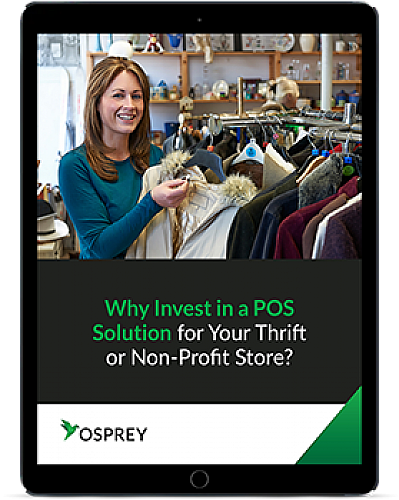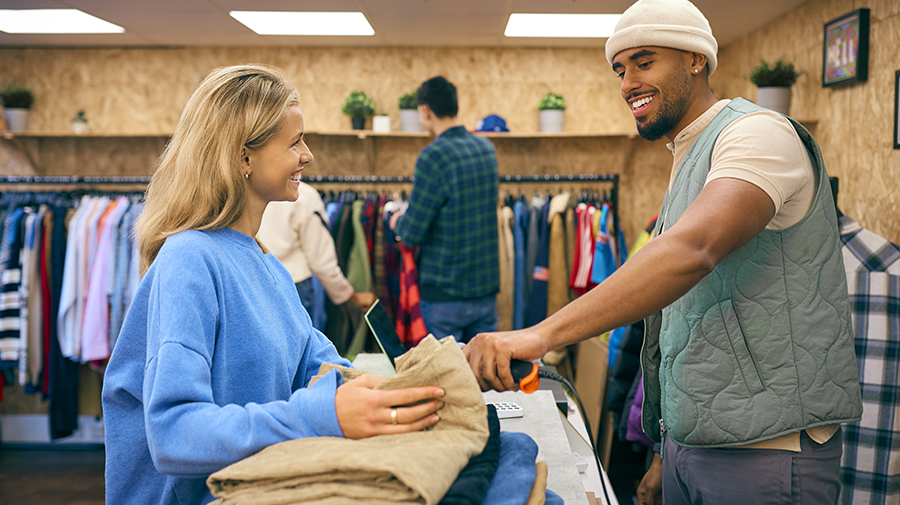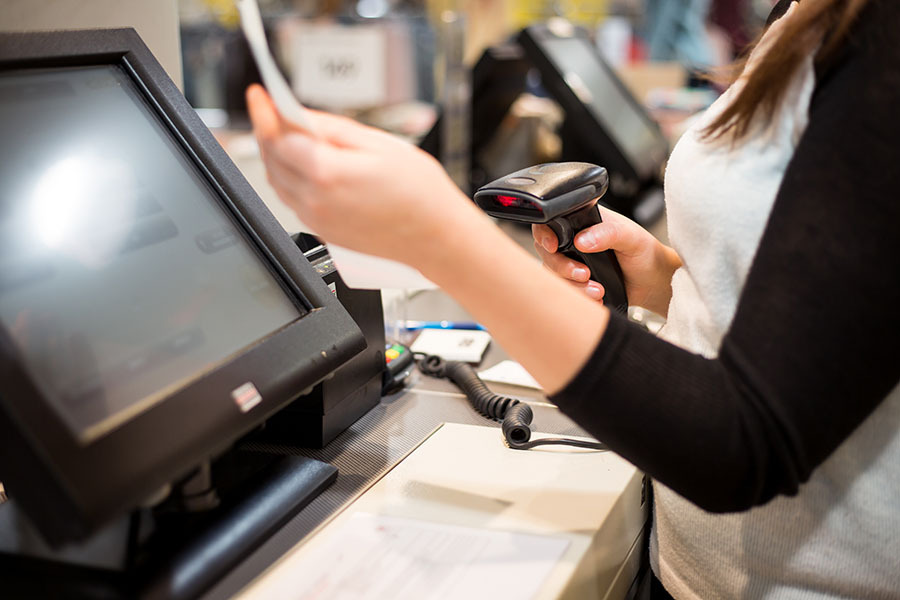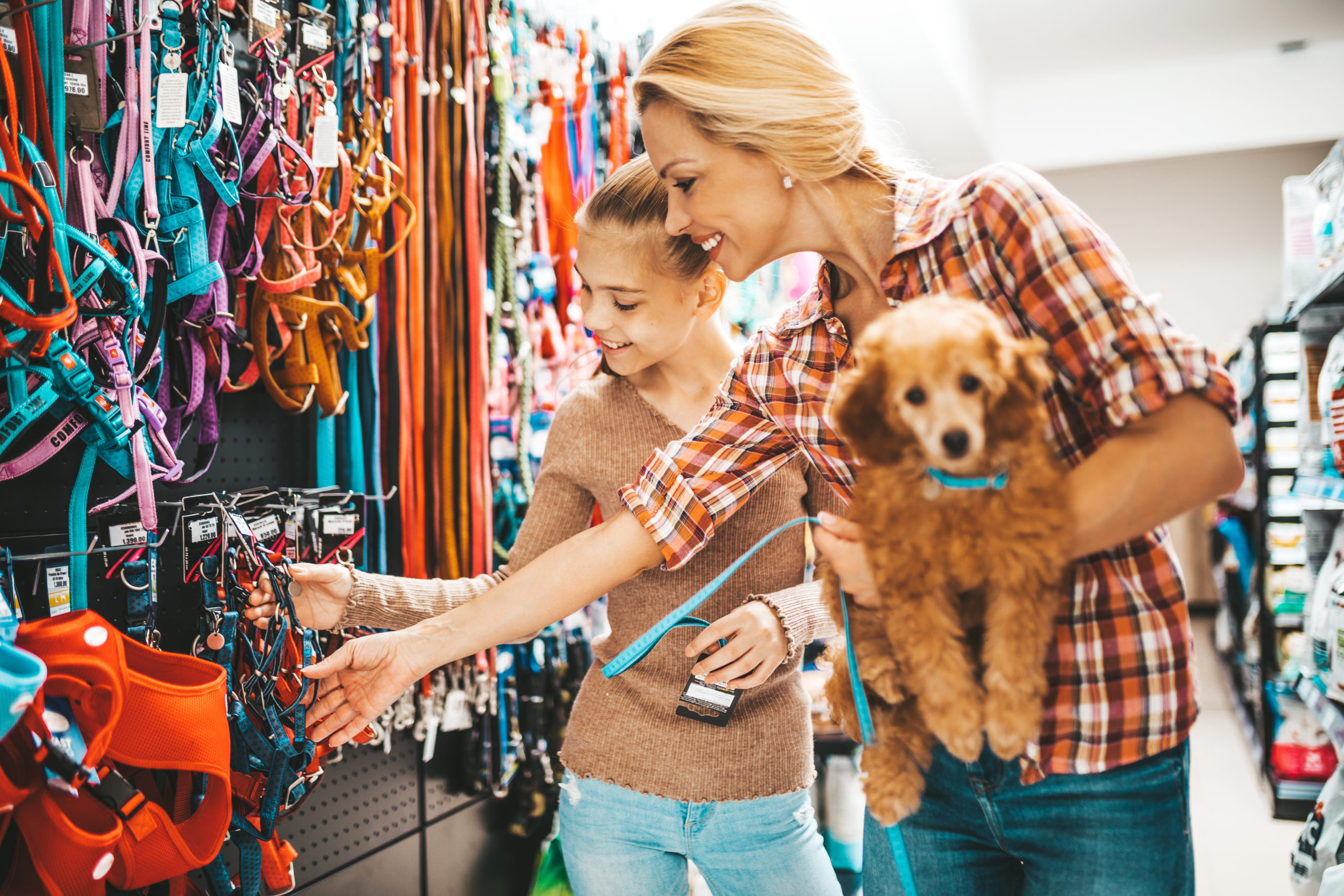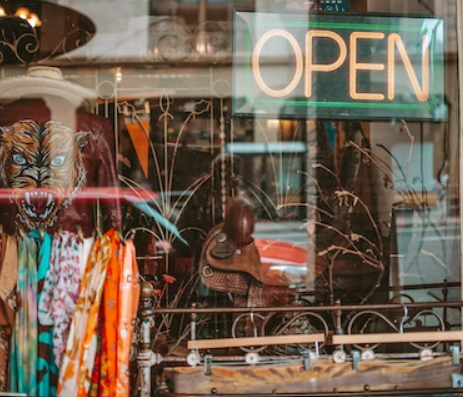Secondhand is the new couture on account of Generation Z and Millennials’ penchant for used fashion. Composed mostly of teens and 20-somethings, the younger generations recycle and buy used clothes online not only to embrace vintage trends on a budget, but also to save the planet. Focusing on the quality of their clothes instead of the quantity, Gen Zers and Millennials are fueling the second-hand clothing market. According to a recent Jefferies note, it’s currently worth $30 billion, and is estimated to grow annually by 18% through 2024.
While “thrifting” brings to mind large warehouses stocked full with pre-owned pieces, many consumers buy used clothes online. Online resale has skyrocketed in recent years, bringing about the likes of social shopping apps like Poshmark and Depop which allow their large Gen Z user base to buy second hand clothing and accessories as well as sell their own. While this online trend has caused some anxiety among brick-and-mortar thrift shops, there are shoppers who crave the adrenaline rush of finding the perfect item for a deal.
If you’re interested to know more about why your customers buy used clothes online and what that means for your brick-and-mortar shop, read on.
Download: Why Invest in a POS Solution for your Thrift Store?
Scaling Sustainability
It’s widely known that the younger demographics care about the environment; they’ve seen the damage done and are fighting for a better future for the planet. So naturally, shopping sustainably is a widely held value amid younger generations. They are all too aware that 84 percent of our clothing ends up in landfills and incinerators, encouraging individuals to buy used clothes online rather than fast-fashion.
Even when they’re not thrifting, the majority of Gen Z and Millennials are shopping with sustainable brands. In fact, they are most willing to spend 10 percent or more on sustainable products. You heard that right — they are willing to spend more for eco-friendly items. Gen Z and Millennials are also the most likely to make purchase decisions based on values and principles, including personal, social, and environmental ones.
In efforts to end the damage caused by fast fashion, many are promoting thrifting as an alternative to fast fashion and an easy way to minimize waste. TikTok can confirm: On the app, #ThriftStore has 92.7 million views, while #Secondhand has 90.8 million views. The goal is to produce less clothing, and instead make use of the clothes that are already in existence.
Affordability Achieved
Younger generations like Gen Z and Millennials value affordability because most aren’t in a position not to. Many young people are riddled with college debt — or will soon be in the future — and a weak economy makes it difficult for college grads to get high-paying jobs.
Enter: thrifting. Thanks to shopping second-hand, Gen Z and Millennials are enjoying a carefree, transient relationship with clothing, knowing they can resell garments easily online without as big a cost to their wallet. Thrifting also allows them to wear one-of-a-kind clothing without breaking the bank on unique, high-end items.
It’s no secret that one of the main benefits to thrifting is saving cash. About 15% of Americans currently save money when they buy used clothes online or by shopping at their local thrift store near them. While the exact savings will vary by many factors, the average savings on products over major retailers tend to range from about 50 to 80 percent. Even if you’re not struggling financially, everyone loves a good deal.
Cultivating eCommerce
The surge of online shopping has been around for some time, and reselling apps have given thrift-lovers the ultimate combination of sustainability and convenience. Because of this, it should come as no surprise to thrift shop owners that some of their customers prefer to buy used clothes online instead of shopping in-store. The numbers show that Gen Z and Millennials love to thrift online, but there is one thing thrift shops can do to retain their customer base.
For thrift shop owners who are anxious about losing business due to the online shopping trend, it’s easy to integrate eCommerce so that you can have both online and offline shoppers supporting your business. You’ll see a return on your investment as U.S. eCommerce sales reached $794.5 billion in 2020 — a growth of 32.4% YoY. Additionally, around 95 percent of all purchases are expected to be via eCommerce by 2040.
Let Your Customers Buy Used Clothes Online With Osprey Retail
If you’re looking to take your thrift store online, but aren’t sure where to start, Osprey Retail is here to help. Our Thrift Store POS has simple eCommerce integration that will support your in-store and online operations, allowing your customers to buy used clothes online. Scalability is simplified when you can monitor all aspects of your thrift store through a single, intuitive interface, view real-time data on sales, reporting, and product tracking. Contact our team of experts today to learn more or even request a demo.


